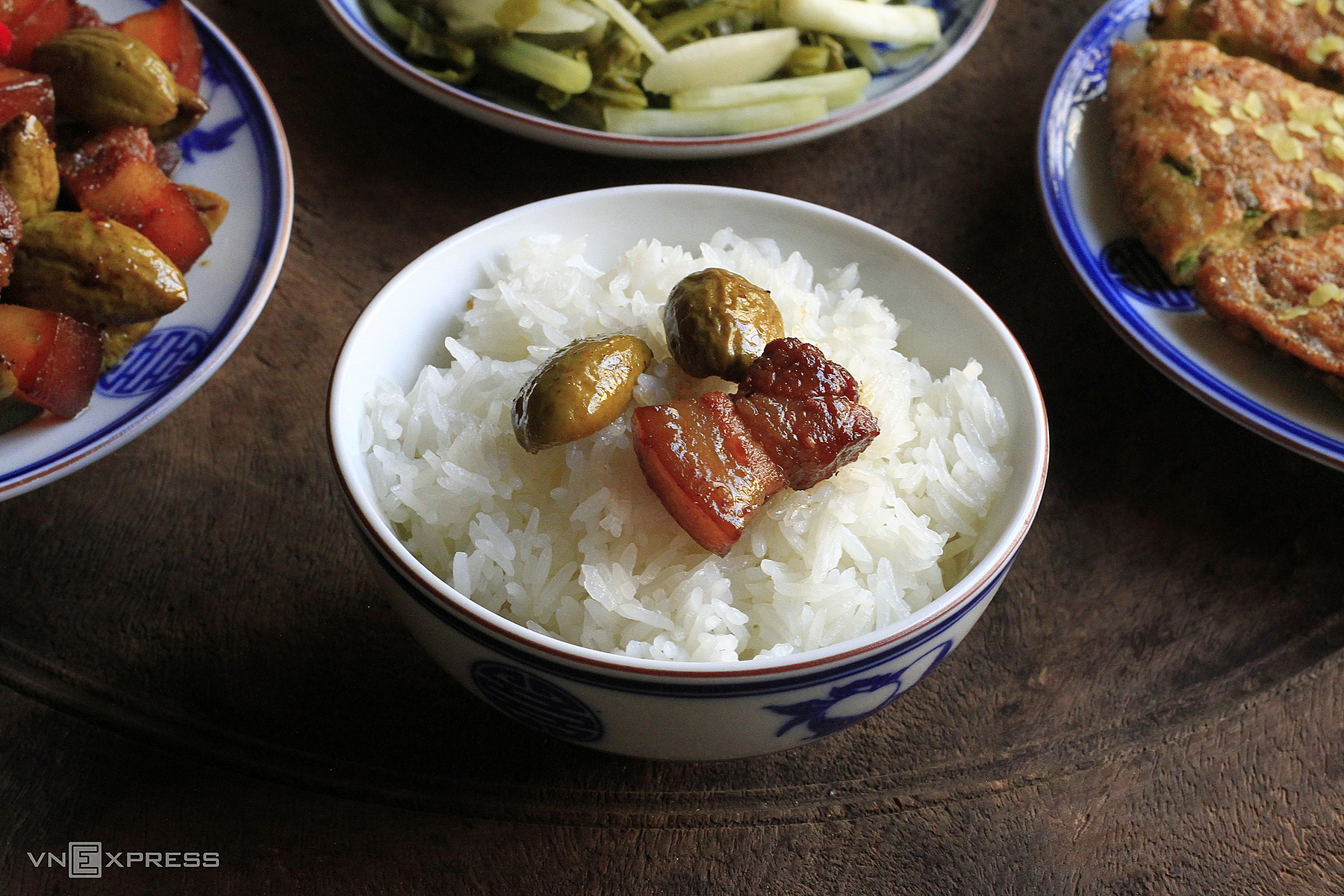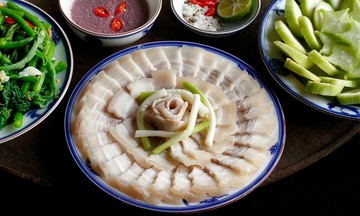Traditionally, rinsing rice was essential to remove stray husks or impurities. Today, with cleaner rice, the practice has evolved, but many wonder if rinsing enhances flavor and cleanliness or depletes nutrients.
Rice is rich in starch, B vitamins (B1, B3, B6), vitamin E, iron, zinc, and magnesium. Most of these minerals are concentrated in the thin bran layer surrounding the grain, which also promotes satiety, aids digestion, and helps lower bad cholesterol.
Milling and polishing remove much of this bran, making white rice less nutritious than brown or whole-grain rice. Aggressive or repeated rinsing further washes away remaining nutrients, resulting in cleaner-looking but less nutritious rice. Studies show that 70% to 90% of B vitamins can be lost through excessive milling and rinsing.
Therefore, the habit of rinsing rice multiple times, scrubbing vigorously, and draining until the water runs clear is not beneficial. A long-term diet high in refined starches increases the risk of weight gain, obesity, and diabetes.
However, rinsing should not be skipped entirely. Rice can contain dust, sand, grit, and even heavy metal residues from farming. Recent studies also reveal microplastics in rice due to transport, packaging, and storage. Furthermore, rice contains inorganic arsenic, which, while in small amounts, is not beneficial in the long run. Proper rinsing significantly reduces these impurities.
 |
Illustration: Bui Thuy |
The key lies in the rinsing method. Nutritionists recommend gentle rinsing for about 30 seconds to remove dust and grit. Instead of vigorous scrubbing, gently swirl the rice and drain the water once or twice. This ensures both cleanliness and nutrient retention. Washing hands before rinsing prevents bacteria and grease from contaminating the rice.
Avoid soaking rice for extended periods before cooking. Soaking leaches starch and vitamins, diminishing flavor and nutritional value. Soaking, for no more than 30 minutes, is suitable for dry, hard, or old rice to ensure even cooking and a softer texture. New rice can be rinsed and cooked directly.
Using cold or hot water initially also affects the quality of cooked rice. While cold water is common, studies suggest hot water (around 70-80 degrees Celsius) causes the outer layer of the rice to contract, creating a protective barrier that minimizes vitamin loss, resulting in tastier, more textured rice. However, this depends on the cooking pot, family habits, and practical conditions, so changing established practices isn't necessary.
Rinsing can be adjusted based on the dish. For dishes requiring separate grains, like fried rice or sushi, more thorough rinsing reduces surface starch, preventing stickiness. This is a specialized technique and not recommended for everyday cooking.
Measure rice and water accurately according to the type of rice. Long-grain white rice typically uses a 1:1 ratio, while short-grain or glutinous rice needs more water. After cooking, let the rice rest for 10-15 minutes for even moisture distribution and a glossier surface. Then, gently fluff with chopsticks in an upward motion to separate the grains and redistribute water, promoting gelatinization of the starch. This prevents the grains from breaking and enhances texture.
To lower the glycemic index, consider techniques to increase resistant starch by cooking, cooling, and refrigerating rice. Reheat small portions as needed, a method commonly used in Japanese bento boxes.
According to a study published in the Journal of Food Science and Technology, this can double the resistant starch content. Resistant starch is not digested in the small intestine but fermented by gut bacteria in the colon, acting similarly to fiber. This slows down sugar absorption, stabilizes blood sugar after meals, nourishes gut bacteria, improves the microbiome, and aids digestion.
This explains why cooled or reheated rice is often recommended for dieters and people with diabetes.
The cloudy white rice-rinsing water, while not abundant, contains some dissolved starch and micronutrients. Traditional practices utilize it for washing vegetables, deodorizing fish, facial cleansing, or watering plants, offering an environmentally friendly alternative to discarding it.
Bui Thuy












